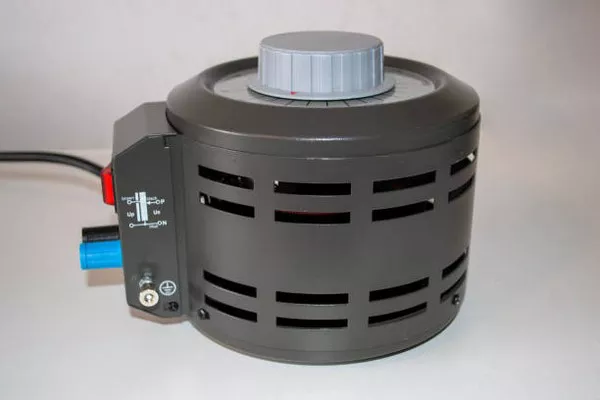In the realm of renewable energy, permanent magnet generators (PMGs) stand as stalwart contributors to sustainable power generation. Their efficient and reliable operation makes them a key player in harnessing energy from natural resources. This article delves into the intricate workings of a permanent magnet generator, shedding light on the principles and mechanisms that drive its functionality.
Understanding the Basics:
At its core, a permanent magnet generator is a device that converts mechanical energy into electrical energy through the interaction of magnetic fields. Unlike traditional generators that utilize electromagnets, PMGs incorporate permanent magnets to generate a constant magnetic field. This design choice contributes to their efficiency, reliability, and reduced maintenance requirements.
Key Components:
Rotor with Permanent Magnets:
The heart of a permanent magnet generator is the rotor, which is equipped with powerful permanent magnets. These magnets are typically made from materials like neodymium or ferrite, known for their strong magnetic properties. The rotor’s primary function is to rotate within the stator, inducing an electrical current through magnetic field interactions.
Stator with Coils:
Surrounding the rotor is the stator, a stationary component containing coils of wire. As the rotor spins, the magnetic field produced by the permanent magnets cuts across the coils, inducing a flow of electrons. This phenomenon, known as electromagnetic induction, is the fundamental principle behind the conversion of mechanical energy into electrical energy in a PMG.
Working Principle:
The operation of a permanent magnet generator can be broken down into a series of steps:
Initiation of Rotation: The rotor, equipped with permanent magnets, is set into motion either through an external force or by harnessing natural resources like wind or water. This rotational motion is a critical starting point for the generation process.
Magnetic Field Interaction: As the rotor spins, the powerful permanent magnets create a magnetic field that interacts with the coils in the stator. The magnetic lines of force cut across the coils, inducing an electromotive force (EMF) according to Faraday’s law of electromagnetic induction.
Generation of Electrical Current: The induced EMF in the stator coils results in the generation of an electrical current. This current, often in the form of alternating current (AC), becomes the usable output of the permanent magnet generator. The frequency and voltage of the generated electricity depend on the speed of the rotor’s rotation and the design of the generator.
Rectification (if needed): In applications where direct current (DC) is required, additional components such as rectifiers may be employed to convert the alternating current into a unidirectional flow.
Advantages of Permanent Magnet Generators:
High Efficiency: The absence of energy-consuming electromagnets in PMGs contributes to their high efficiency. These generators can efficiently convert a significant portion of the mechanical energy into electrical energy.
Low Maintenance: With fewer moving parts and no need for a separate excitation system, permanent magnet generators generally require less maintenance compared to traditional generators. This characteristic makes them particularly attractive for remote or challenging environments.
Compact Design: The compact design of PMGs is advantageous in various applications, including renewable energy systems. Their small size allows for easy integration into different setups, making them suitable for diverse environments.
Applications of Permanent Magnet Generators:
Wind Turbines: Permanent magnet generators play a crucial role in modern wind turbines, where they convert the kinetic energy of the wind into electrical power. The compact size and efficiency of PMGs make them an ideal choice for harnessing wind energy.
Hydropower Systems: In hydropower applications, PMGs are used to convert the energy from flowing water into electricity. Their durability and low maintenance requirements make them well-suited for the challenging conditions often found in hydropower plants.
Off-Grid Power Systems: In off-grid or remote locations, where a reliable power source is essential, permanent magnet generators provide a sustainable solution. These generators can be coupled with various energy sources, such as diesel engines or micro-hydro systems, to ensure a consistent power supply.
See also How Does A Linear Generator Work
Conclusion:
The underlying principles of a permanent magnet generator showcase the elegance and efficiency with which mechanical energy can be transformed into electrical energy. As the world increasingly turns towards renewable energy solutions, the role of PMGs becomes even more significant. From wind turbines to hydropower plants and off-grid applications, the versatility and reliability of permanent magnet generators continue to propel the transition towards a more sustainable and eco-friendly energy landscape.

